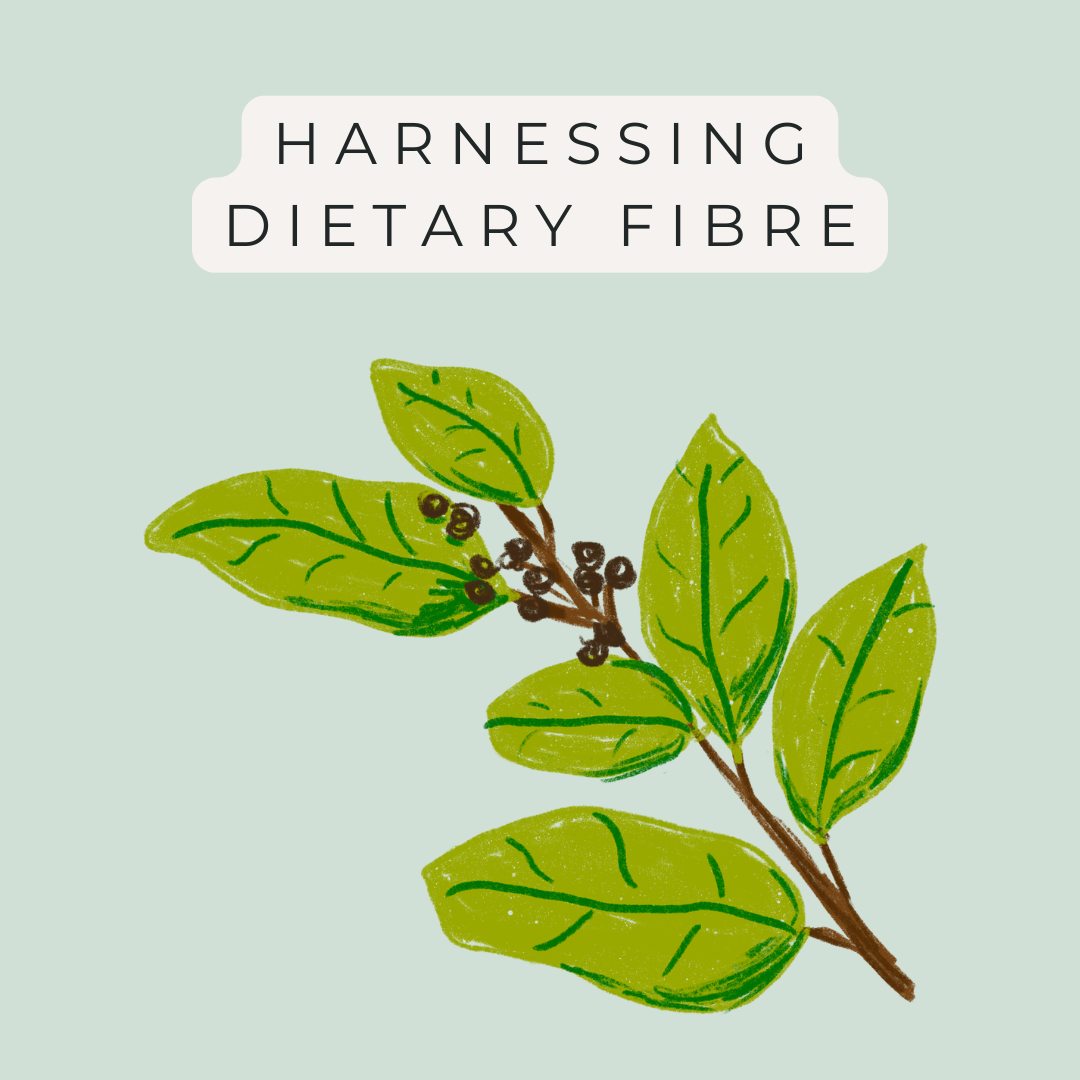When it comes to managing blood sugar levels, most of us immediately focus on carbs and sugar, but there’s one powerful often overlooked tool: dietary fibre. Are you someone managing prediabetes or diabetes? Fibre could be the secret weapon you didn’t know you needed.
What is dietary fibre?
Dietary fibre is a type of carbohydrate found in plant foods that our bodies don’t fully digest. Instead, it passes through our digestive system adding bulk and softness to the stool. This powerful yet underutilised nutrient plays a key role in maintaining healthy digestion and supporting overall health. It also reduces the risk of constipation, type 2 diabetes, and cardiovascular disease.
General recommendations for dietary fibre are 25-30g per day, however most Australians are falling very short of this target. Increasing fibre intake can be a game-changer when it comes to improving metabolic health, especially for those managing prediabetes or diabetes.
How does fibre affect blood sugar control?
Dietary fibre plays a crucial role in regulating blood sugar levels. When added to a meal, fibre slows down the digestion process, thereby reducing the glycaemic index of that meal (or how quickly it raises your blood sugar levels). This supports more stable blood sugar levels, energy levels and feelings of fullness after a meal.
Tips for boosting your fibre intake
- Incorporating Nuts and Seeds
Try adding a handful of nuts to your daily diet for fibre and healthy fats, or mix chia, flax, or hemp seeds into smoothies or yogurt! - Embracing Fruits, and Vegetables
Aim for 2 fruits and 5 vegetables a day. The more variety, the better! Get creative – think broccoli, brussels sprouts, cabbage, mangoes, apricots, lychees, and berries. - Don’t be shy with the legumes and beans!
Not sure how to incorporate more beans and legumes into your meals? Try adding a can of lentils to your next Bolognese sauce for a hearty, fibre-packed boost. Or toss some black beans into your burrito or tacos. Looking for a quick snack? Reach for chickpea-based options like ‘Edgell Snack Time’ or ‘The Happy Snack Company’s’ roasted chickpeas for a satisfying snack. - Choose higher fibre grains
Opt for naturally high-fibre grains like rolled oats, quinoa, barley, brown rice, and freekeh. When choosing bread, aim for options with at least 3g of fibre per serving. Bakers Delight offer excellent high-fibre options, such as their Hi-Fibre Lo-GI loaf, traditional wholemeal loaf, and Cape Seed loaf. Other good options include wholemeal, grain or seeded bread, or even fortified white hi-fibre bread. - Psyllium Husk: A Hidden Gem
Consider adding psyllium husk to your breakfast, whether it’s mixed into oats, muesli, yogurt or a smoothie. Psyllium is a type of soluble fibre that forms a gel in the digestive tract, helping to bulk up stool and promote regularity. Other fibre supplements include Metamucil and benefiber. Sometimes, it’s challenging to get enough fibre from food alone. If you’re struggling to meet your daily target, you might want to explore a fibre supplement as an option with a dietitian.
Important to Note: Gradual Changes Are Key
When increasing your fibre intake, it’s key to do so gradually. A sudden jump in fibre can lead to unpleasant symptoms like bloating or gas. To avoid this, start by gradually increasing your fibre intake overtime. This allows your digestive system to adjust without discomfort.
Incorporating more fibre into your diet doesn’t have to be difficult. With small, consistent changes, you can support better blood sugar control and overall health.
Book a session with one of our lovely dietitians today, to help tailor these tips to your needs.
Remember start slow, stay consistent, and be fibre fuelled!
If you would like to learn more about how we can support you to get the right nutrition to feel your best, book in with one of our Accredited Practicing Dietitians today!
Written by Brianna Caristo, Accredited Practising Dietitian and Ellie Thompson, Accredited Practising Dietitian.



